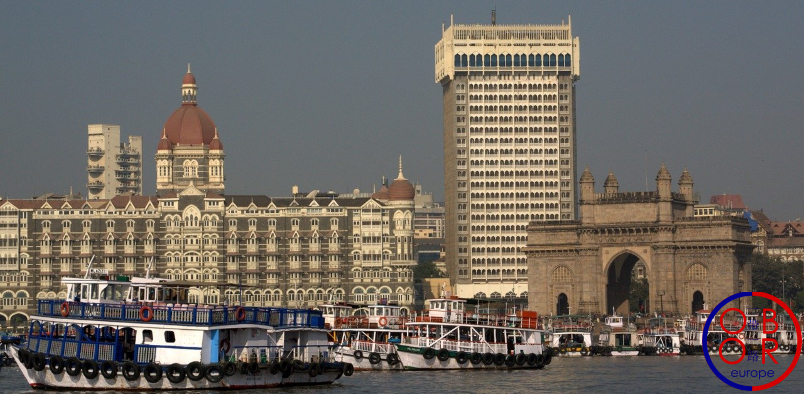
India has so far always refused to join the New Silk Roads project, despite repeated invitations from Beijing. Delhi has also attempted to launch its own regional connectivity initiatives (such as the Asia-Africa Growth Corridor). But it seems that India is changing its position in particular because many projects are developing in neighbor countries (Pakistan, Nepal, Sri Lanka and Myanmar) and Indian companies wish to take advantage of this program.
However, the Kashmir issue, and more generally the relations between Delhi and Islamabad remain an obstacle to India’s integration in the BRI.
On January 11, for the first time, a prominent Indian politician declared that India was interested in this project. For Subramanian Swamy, member of the upper house of the Indian Parliament (Rajya Sabha), the BRI is a “wonderful concept”.
But according to Swamy, China should give priority to the Indian ports of Kolkata and Mumbai rather than going through Pakistan. The MP thus suggested the creation of new corridors, in particular a first connecting Kunming to Kolkata (which would correspond to the China-Myanmar-Bangladesh-India corridor initially imagined at the launch of the BRI) and another connecting Tibet to Mumbai by the western Indian states.
However, it is unfortunate that this suggestion is made against Pakistan. China’s companies have invested heavily in the China Pakistan Economic Corridor (CPEC), and in particular in the port of Gwadar, and the CPEC has become a major project. There is however room for several corridors and the suggestions made by Subramanian Swamy can be carried out in addition to the CPEC.
But it is important to understand that with the BRI, China wants to promote stability and regional cooperation. This means that India and Pakistan will have to increase cooperation in order to be fully integrated within the BRI. China’s initiative is offering the mechanisms for such a cooperation, India needs to grab this opportunity.
Share the post "A possible participation of India in the BRI?"
